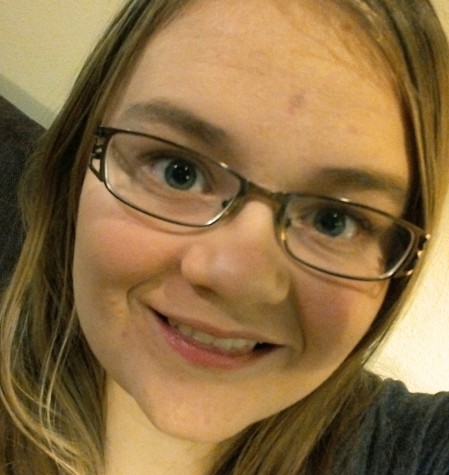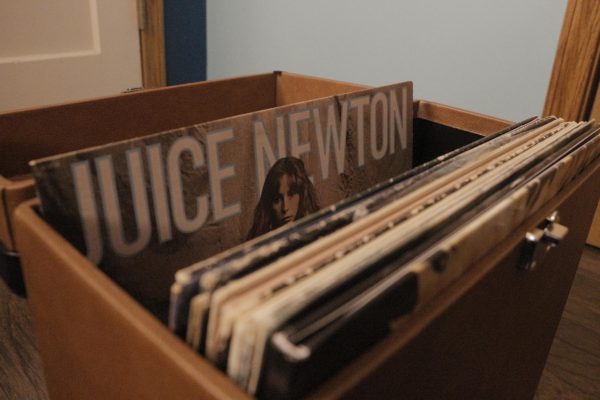Students discuss Kansas drought
Kansas has repeatedly experienced multi-year droughts since at least the 1930s.
Historically, droughts in Kansas have had many negative effects. According to the U.S. Geological Survey (USGS), the droughts that occurred in Kansas in the 1930s and 1950s caused crop loss and damage, high livestock mortality rates, damage to fish habitats and increased food prices.
In addition, communities that received their water from wells connected to the Smoky Hill River experienced water shortages due to low streamflow in 2006.
Students express varying levels of alarm concerning the drought that is currently affecting Kansas.
Junior Keegan Chapman said droughts are currently something people should deal with.
“It has already taken effect,” Chapman said. “Water usage has to go down. There’s a limit and penalties associated with that.”
Chapman said he has already taken precautions concerning the drought.
“We replaced our backyard with sand and we set our sprinklers to run short spans overnight,” Chapman said.
Sophomore Shelby Knoll, however, doesn’t think the drought is a big problem.
“It’s been going on for a long time now and it’s not that big of an issue,” Knoll said. “We always know how to solve the problems, like with the restrictions for watering lawns.”
18kweisenborn@usd489.com

Katie is a sophomore and this is her first year participating in newspaper. She is also involved in tennis, concert band, and jazz band. Some of the things...











